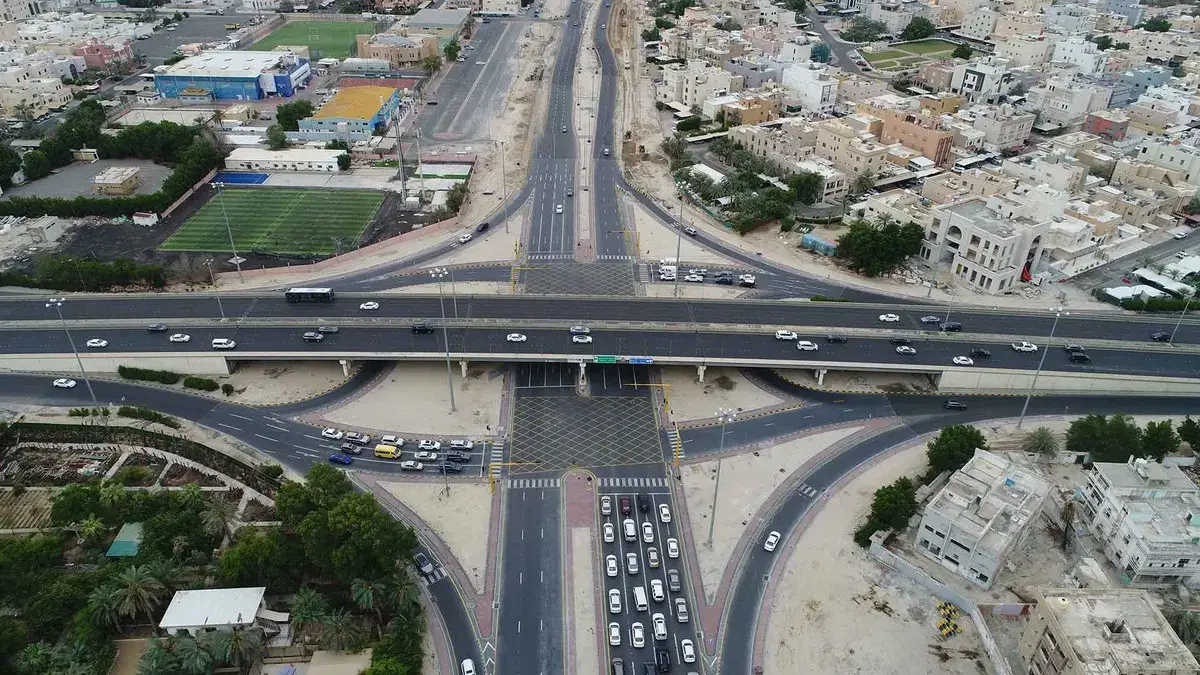In a milestone set to reshape global data infrastructure, researchers from the National Institute of Information and Communications Technology (NICT), in collaboration with Sumitomo Electric Industries, have successfully transmitted data at a staggering 1.02 petabits per second (Pb/s)—equivalent to approximately one million gigabytes per second—across an astonishing 1,808 km span using a novel 19‑core optical fiber. This achievement eclipses previous records and paves the way for future ultra‑high‑capacity networks .
Core Highlights & Context
- Date and Venue: Demonstration conducted in late May 2025, revealed at the Optical Fiber Communications Conference (OFC 2025) in San Francisco, and disclosed officially on 29 May by NICT and Sumitomo.
- Technical Feat: A standard-cladding 19‑core optical fiber—with cladding diameter of 0.125 mm—was engineered for low-loss across C- and L‑bands. Custom amplification and recirculating loop systems permitted simultaneous 19-core transmission over the full 1,808 km link, achieving unprecedented data integrity and speed.
- Record Bragging Rights: This demonstration achieved a world-leading capacity-distance product of 1.86 exabits·km per second, shattering prior records for similar standard-diameter fibers
Scientific Innovation
- 19‑Core “Super‑Highway” Fiber Design
Each of the 19 cores serves as an independent data highway—together, they operate like a 19‑lane super highway. This multiplies capacity without thickening the fiber cable. - Amplification & Signal Clarity
To counter signal attenuation over 1,808 km, researchers implemented advanced amplification that simultaneously boosted all cores across dual light bands, backed by a sophisticated MIMO-based digital receiver to eliminate inter-core interference. - Compatibility with Existing Infrastructure
Remarkably, the fiber maintains standard dimensions, allowing seamless retrofitting into today’s telecom infrastructure with modifications only needed at amplification nodes—preserving cost-efficiency and deployment feasibility. - Strategic Collaborations
NICT spearheaded the transmission system architecture, while Sumitomo Electric engineered the multicore fiber. The system underwent rigorous evaluation at OFC 2025, where the work was featured as a prestigious “post-deadline paper”
Official Endorsements
Dr. Hideyuki Tokuda, President of NICT, emphasised:
“This 1 Pb/s over 1,808 km record exemplifies our vision for future-proof communications infrastructure capable of meeting the anticipated data demands of AI, 6G, IoT, and ultra‑HD media.”
Osamu Inoue, President of Sumitomo Electric, stated:
“Achieving low‑loss, multicore transmission within standard fiber dimensions confirms our fiber is not just record-setting—it is network-ready.”

Strategic Implications
AI and Big Data: The ability to transfer millions of gigabytes per second can turbocharge centralized AI model training and global data processing.
6G and VR/AR: This fiber architecture could support ultra-low latency, high-bandwidth networks required for immersive virtual reality, holographic communications, interconnected smart city systems, and autonomous transport.
Global Equity: While mega-cities benefit first, scalable deployment may enable remote regions—think cross-country corridors—to achieve fiber-delivered broadband speeds previously unthinkable.
Challenges to Commercialisation
Cost of Amplifiers: Amplification hardware for each core across C/L-bands is expensive; scaling across 1,808 km will compound budgets.
Manufacturing Scale-Up: Mass production of reliable 19-core fiber—while keeping loss minimal—remains a fabrication challenge.
Standardisation & Upgrading Hubs: Telecom providers will need new standards and upgraded networking nodes to handle spatial-multiplexed signals.
Japan’s 1.02 Pb/s transmission over 1,808 km is not mere lab theatrics—it represents a leap toward the future internet backbone. As the demand for AI-powered services, 6G applications, and immersive digital experiences accelerates, ultra-high capacity fiber like this could become essential infrastructure. However, complex amplifier deployment, manufacturing scalability, and inter-network compatibility remain key hurdles. If those are addressed successfully, this technology could herald a new era of connectivity at speed and scale never before imagined.






